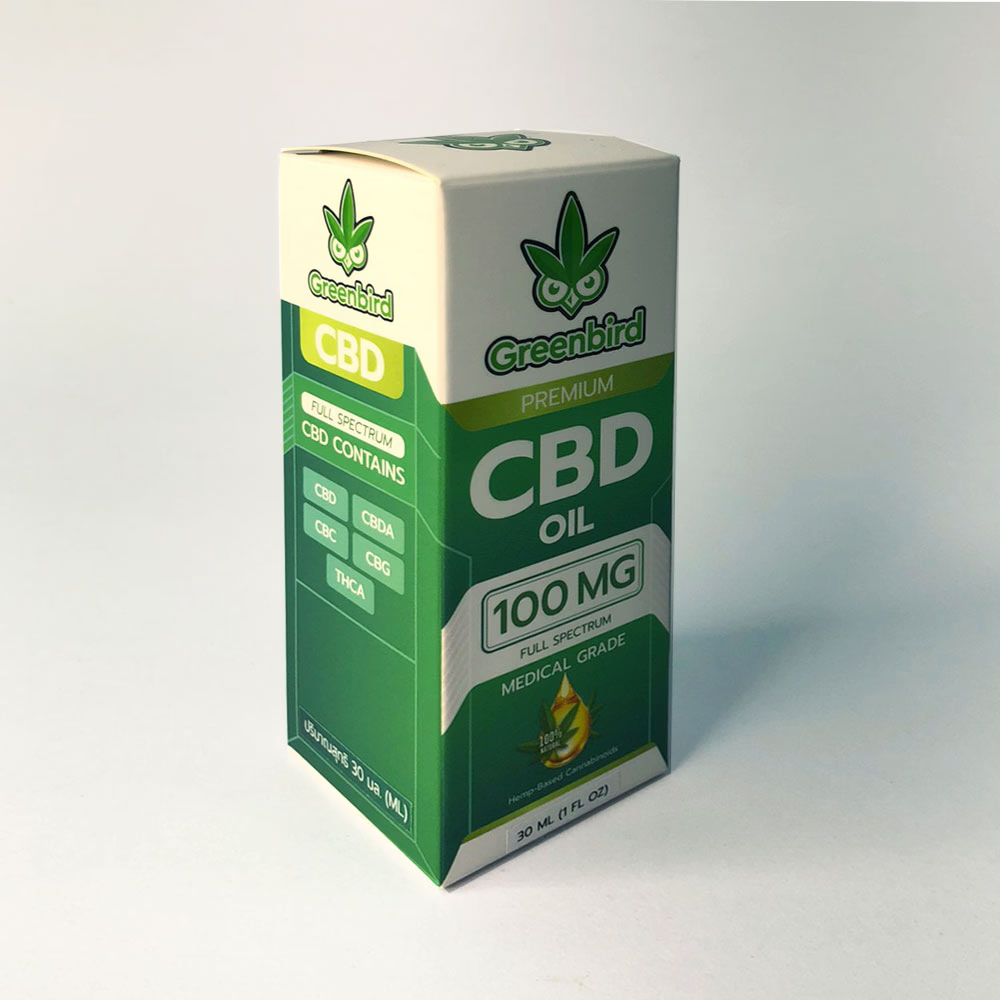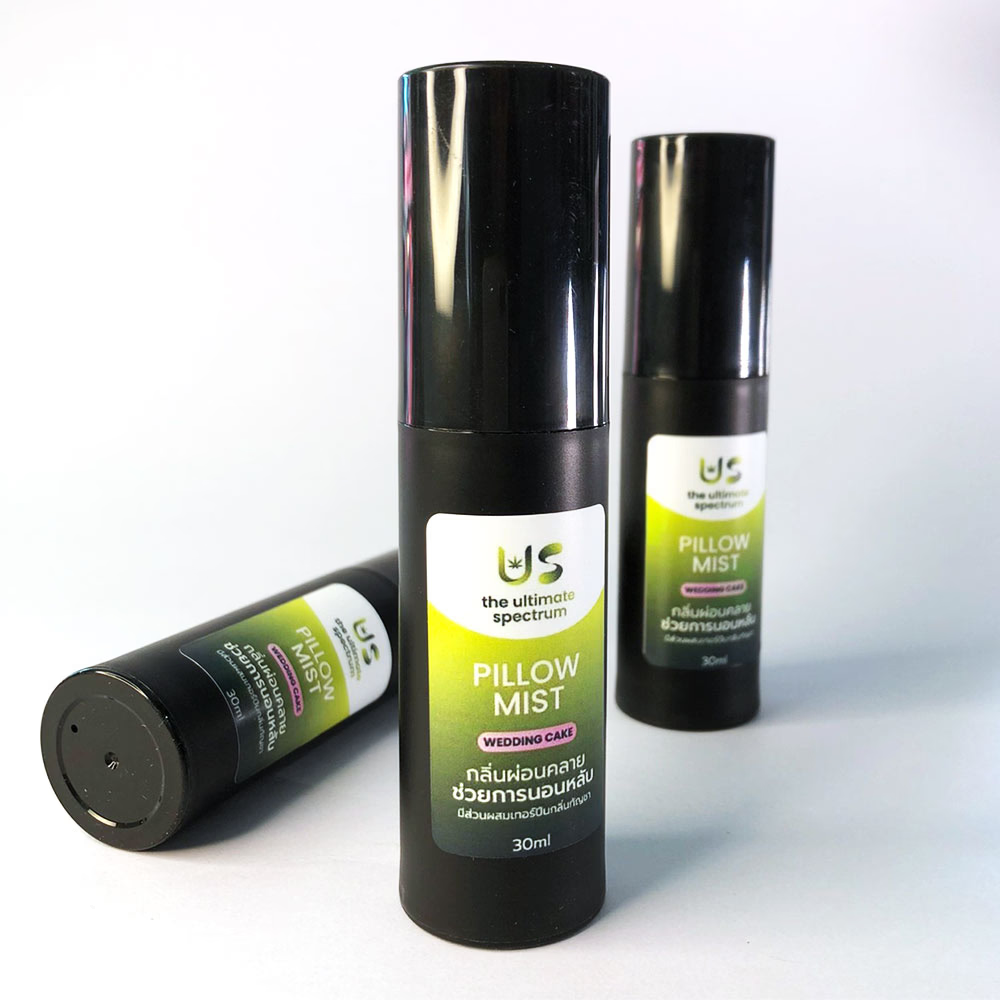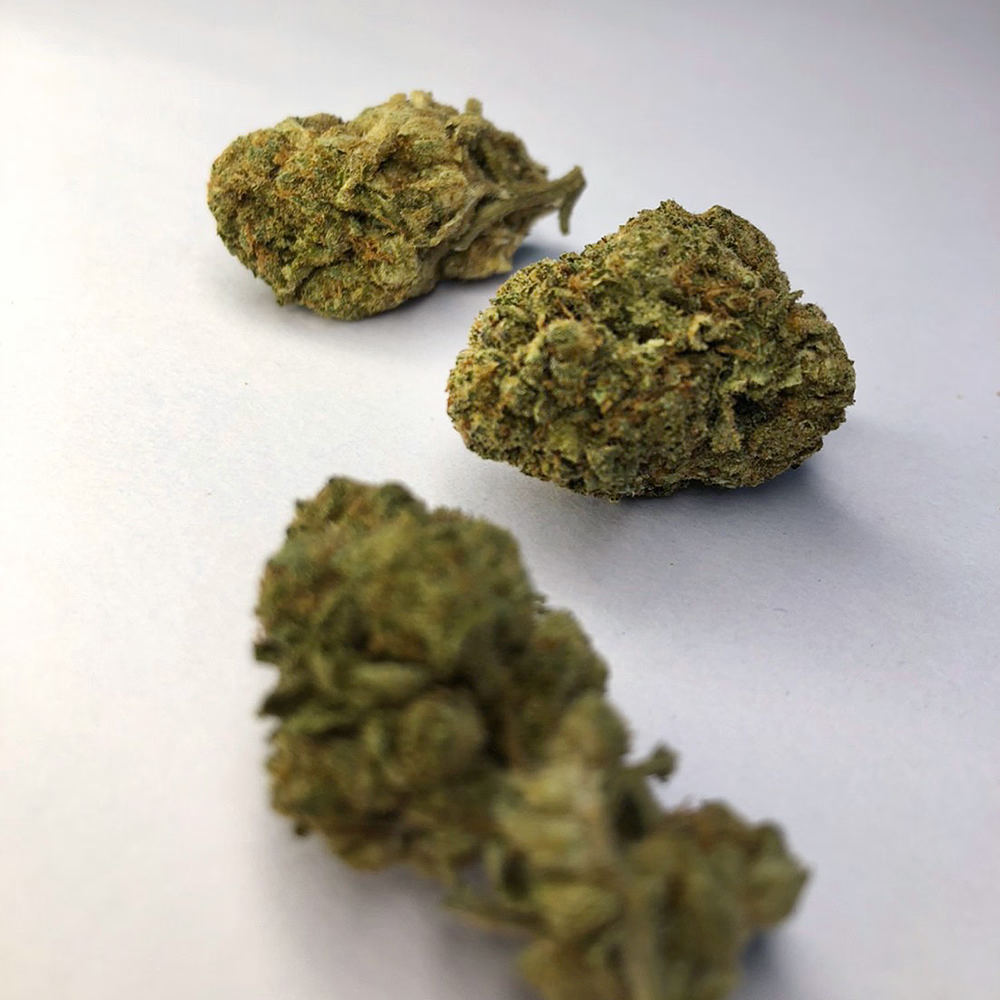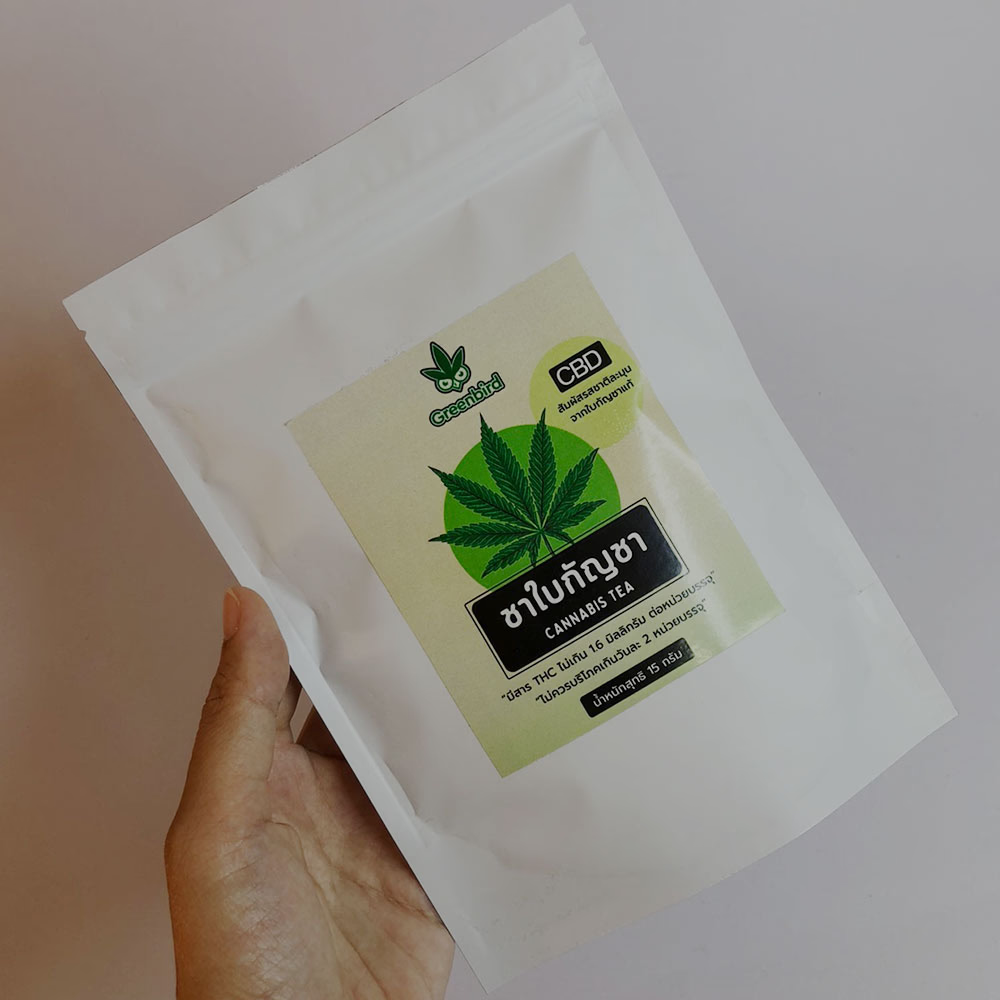Plant growth regulators for cannabis
PGRs, or plant growth regulators, are synthetic or organic substances that regulate plant development. They have the power to influence a variety of processes, including cell division, elongation, flowering, and maturity. PGRs have been used for years in agriculture but are becoming more common in the cannabis market.
Although PGR use in cannabis is still relatively new, it is a successful method for regulating plant growth and improving yields. By regulating how quickly plants develop and blossom, plant growth regulators can aid growers in producing more significant, more consistent crops with higher-quality buds. They can better manage their agricultural cycles and maximize each harvest.
PGRs can control plant development and lessen plant stress, whether cultivated indoors or outdoors. Plant growth regulators are used to alter cannabis; using a PGR can increase total yields by lowering the likelihood of losses due to ill health or adverse environmental conditions, which can result in stunted development or even death in some circumstances.
Different PGRs perform better in specific environments than others. First and foremost, you need one appropriate for your cultivation setup and growing environment. Here are a few things to consider while selecting the best plant growth regulator for your requirements.
Additionally, you should confirm that the product you select is safe for human consumption. Many cannabis-specific items contain compounds that may not be good for human digestion or inhalation. A product that works swiftly and effectively is what you'll desire, as some take longer than others to start producing effects.
You must comprehend how it operates to get the most out of a product you've picked that satisfies all these requirements. Varying PGR varieties affect different phases of plant development; some may encourage flowering, while others limit vegetative growth or hasten germination timeframes.
In addition, using too much of one type of regulator at once or using one that is too potent could harm your plants rather than promote their health and strength. How Plant Growth Regulators Impact Cannabis Cultivation, Be sure to follow all application directions carefully when using any plant growth regulator.
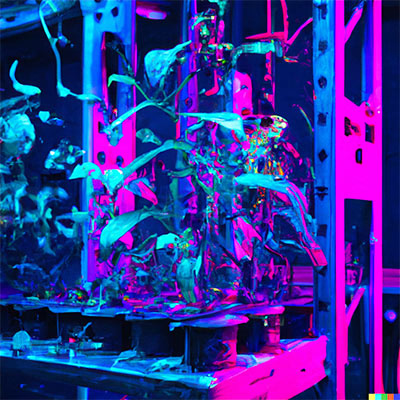
How Do Plant Growth Regulators (PGRs) Impact Cannabis Cultivation?
Cannabis production is a complex and intricate process that needs careful planning and management to yield the most significant crop. While numerous elements contribute to the growth of cannabis successfully, one of the most crucial is the usage of plant growth regulators (PGRs).
Chemicals known as PGRs control plants' growth and development by impacting several physiological processes, such as photosynthesis, respiration, cell division, hormone balance, nutrient intake, and metabolism. In this post, we'll talk about PGRs' impact on cannabis cultivation and why farmers need to know about them.
It's crucial first to comprehend what PGRs are in detail. Plant growth regulators are synthetic or natural chemicals that alter specific physiological processes in plants to change how they grow and develop. They affect a plant's growth and development by promoting or discouraging various cellular activities. For instance, they can boost chlorophyll production to promote photosynthesis, raising the possibility of greater yield.
PGRs help control several essential aspects of cannabis cultivation, including blooming timing, height management, and general vigor. You may guarantee that your plants have the ideal growing environment for healthy development by correctly controlling these areas with particular PGRs.
As an illustration, some PGRs can be utilized to encourage earlier flowering dates, allowing for several harvests throughout the year if desired. Additionally, some PGRs can shorten your plants' stems while still producing maximum yields; this is particularly useful when you cannot cultivate enormous plants due to space limitations.
It's also important to remember that different PGRs are available depending on the effects you want them to have on your crop. Depending on your need, some may increase vegetative development, while others may support blooming or fruiting stages.
Additionally, there are two primary classes: contact and systemic, which act within the plant (which act quickly but only on exposed parts). Systemic types typically offer more long-lasting results depending on the outcomes you're after, while contact types offer quicker but shorter-lasting results.
Finally, it's crucial to comprehend how these substances interact because they frequently function synergistically, which means one substance may increase the efficiency of another or vice versa! To maximize your efforts' effectiveness, it is best practice to extensively investigate each before choosing which one to employ. This way, you will know precisely what effects each one will have on your crops.
Overall, growers can effectively take control of their crops by using plant growth regulators to assure optimal yields with the least amount of work. Growers can use these substances to great advantage during the cultivation process, from controlling flowering times and heights to even managing nutrient uptake, with careful monitoring and application rates designed explicitly for cannabis crops. They are, therefore, crucial tools in any severe gardener's toolbox.
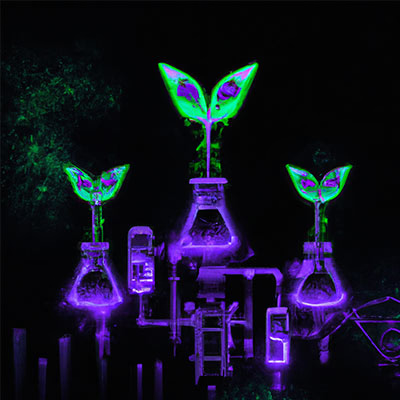
The advantages of using PGRs in cannabis cultivation
Cannabis farmers have long searched for methods to improve harvests and raise prices. Plant growth regulators are one of the most successful strategies they have discovered (PGRs).
PGRs are substances created to enhance the well-being and production of plants. We'll go over a few benefits of PGR use in cannabis growth in this article.
Increased Growth Rates: Properly applied PGRs can speed up the growth of cannabis plants. As a result, you can harvest your crop more quickly and yield more from each plant.
Better Quality & Potency: PGRs assist your plants in generating more psychoactive substances, improving your crop's potency and quality. Depending on what you're searching for, this may lead to a better-tasting product with higher quantities of THC or CBD.
Shorter Flowering Times: PGRs can shorten flowering times, enabling you to harvest more frequently throughout the year than once or twice a year when utilizing conventional growth techniques alone.
Increased Plant Vigor: PGRs help your plants grow more robustly, making them more resilient to disease and pests while still producing high-quality buds when harvest time.
Greater Yields: Compared to conventional growing methods, you'll get more yields from each plant by increasing plant vigor, shortening blooming times, and improving quality and potency.
Lower Risk of Disease and Insect Infestation: As was already noted, healthy plants are less likely to be afflicted by illnesses or insects that, if unchecked, might destroy a whole crop. PGRs boost vigor, making it more straightforward to manage these problems so that you don't lose any buds before they have an opportunity to develop to their full potential at harvest.
Increased Stress Tolerance: Cannabis plants are naturally sensitive to environmental stresses, such as extreme heat or cold. However, employing PGRs can help them grow more resistant to these circumstances so that they don't suffer harm before they finish flowering.
Cost Effectiveness: While purchasing and using PGRs on your cannabis crop has an initial cost, you will save money over time because they help minimize losses brought on by diseases or pests while also increasing production size per season, which over time, results in more earnings.
Simple to Use and Environment-Friendly: Modern PGR formulations are often liquid concentrates that are simple to use and allow for precision dosage with little environmental impact because most products have low toxicity levels when used as directed.
The final benefit of employing PGRs is an improvement in the overall quality of your harvest because these products have been tuned in every way, from growth rates to floral development, resulting in higher yields and even better flavor profiles than would be achievable without them.
Cannabinoid Content and PGR Effects in the Flowering Phase
Growers and manufacturers alike are becoming increasingly conscious of the significance of comprehending the cannabinoid content in their plants during the flowering phase as the cannabis business continues to develop.
This is because cannabinoids like THC and CBD produce many effects linked to cannabis usage. Growers may choose the best way to produce high-quality flowers with the right cannabinoids by knowing which cannabinoids are present in a plant.
Furthermore, it's critical to comprehend how plant growth regulators (PGRs) may modify the cannabis content at this developmental stage.
Let's first examine what cannabinoids are specifically and why they have such an effect on cannabis goods. Cannabis plants contain chemical substances called cannabinoids, which interact with the endocannabinoid system in human bodies (ECS).
The ECS controls several physiological functions, such as hunger, mood, memory, pain perception, etc. Depending on the content and dosages eaten, cannabis products containing specific cannabinoids, such as THC or CBD, have various psychotropic effects on human bodies.
Let's look at how cannabinoids are created by plants during the flowering stage now that we are more familiar with how they function in human bodies. Many plants produce more cannabinoids than others during this time of growth.
For instance, certain strains may have THC concentrations much higher than CBD, while others may have more evenly distributed quantities of the two chemicals. To guarantee their crop has the desired cannabinoid profiles, growers must know which cultivars will contain higher amounts of particular chemicals.
Growers must consider how their cultivation practices—particularly when utilizing PGRs while growing their crops—may impact these levels in addition to naturally occurring variances in cannabinoid content among various strains.
Plant growth regulators, like fertilizers and pesticides, can impact your crop's overall health and quality and the number of cannabinoids it contains at every growth stage, including the flowering period.
PGRs, for example, may limit terpene production while occasionally increasing THC levels, but each strain may react differently. Therefore producers must become familiar with their chosen kinds before employing any PGRs if desired outcomes are expected.
Overall, it is evident that knowing the number of cannabinoids present at each growth stage is essential for growing high-quality buds that have the desired effects when smoked or consumed by consumers; this knowledge also holds when thinking about how PGRs can affect the same outcomes.
Producers can confidently grow healthy crops with desired concentrations of necessary cannabinoids like THC or CBD without sacrificing quality or potency by carefully examining all relevant data regarding a specific strain and its potential responses to various cultivation practices, including those involving the use of PGR.
Optimum Yield from Proper PGR Application to Cannabis Crops
Cannabis farmers are developing more complex strategies to increase yields as the practice gets more popularized and commercialized. UsePlant growth regulators are among the best methods for increasing yields (PGRs). PGRs are chemical substances that, in some way, affect how a plant grows. They can control a crop's height, flowering period, and other growth characteristics. This article will cover the proper use of PGRs in cannabis crops to boost yields.
Choosing the right product for your crop is the first step in implementing an effective PGR program. Picking a PGR that will have the desired effect on your cannabis plants is crucial because different PGR types perform best for different plants. Gibberellic acid (GA3), cytokinins, auxins, and abscisic acid are frequent PGRs (ABA).
After determining which kind is best for your application, you must choose when and how often to apply the PGR. Producers often prefer applying PGRs early in the life cycle when growth rates are highest.
By doing this, they can maximize the plant's natural development potential without overstimulating it or endangering it in the long run from excessive application. To maintain ideal growing conditions, many growers choose to make several treatments throughout the season as necessary.
Environmental aspects, including temperature, humidity levels, light intensity, duration, water quality/availability, etc., should be considered while applying PGRs. Before making application selections, it's critical to consider how various environmental factors may impact a plant's reaction to a specific product.
Depending on their concentration level or intended usage, some PGRs may need other processes like pre-mixing or dilution before application.
Growers must check their crops carefully after using any chemical agent, such as a PGR. They can assess whether their products have had the desired effect or whether additional adjustments are required for best outcomes by closely monitoring changes in leaf hue, texture, and flower development.
By doing this, you can ensure that every application is made as intended and contribute to higher yields overall.
Cannabis growers may significantly increase productivity and quality while properly using plant growth regulators to lower costs connected with production inputs like workforce and fertilizer use.
Even inexperienced cultivators can expect remarkable results from their crops with minimal work if they use the correct application methods and closely monitor them.
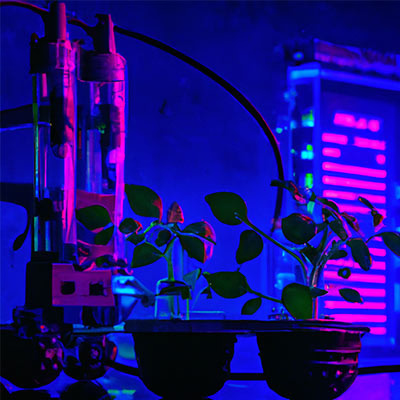
Advice on How Much PGR to Apply to Your Cannabis Plants
To maintain your cannabis plants healthily and produce high-quality buds, you must provide the right plant growth regulators (PGRs). PGRs come in various forms, but knowing how much to give and when to provide them can be difficult.
Here are some pointers for ensuring your cannabis plants receive the ideal PGR dosage to get you started.
Take into Account Various PGR Kinds: Various PGR types, including gibberellic acid, paclobutrazol, and abscisic acid, are readily available. Before deciding which type is best for you, it's vital to conduct some study because each variety has different characteristics and impacts on the plant.
Conduct Your Research: To select the best PGR for your unique needs, it is critical to understand how each type of PGR functions. Before using any chemicals, please educate yourself on their uses, doses, and effects on the plant.
Test Before Applying: It's excellent practice to test any new chemical on a small portion of your crop or garden before using it on the entire area. This will enable you to test the ideal dosage for your specific strain or growing environment without damaging expensive materials or endangering your plants.
Adhere to Label Instructions: Once you've selected the best PGR for your requirements and tried it on a small section of your crop or garden, adhere to all label instructions when using it on more extensive areas or numerous plants at once. This will ensure that neither too much nor too little is applied and that everything goes as planned with the least risk.
Closely Monitor Results: After using a PGR, watch how it impacts your plants over time. This can help you determine whether it was administered appropriately and whether later dosage or timing adjustments are necessary.
